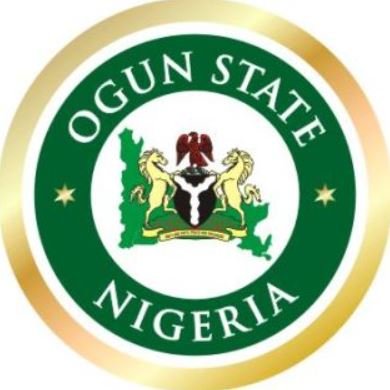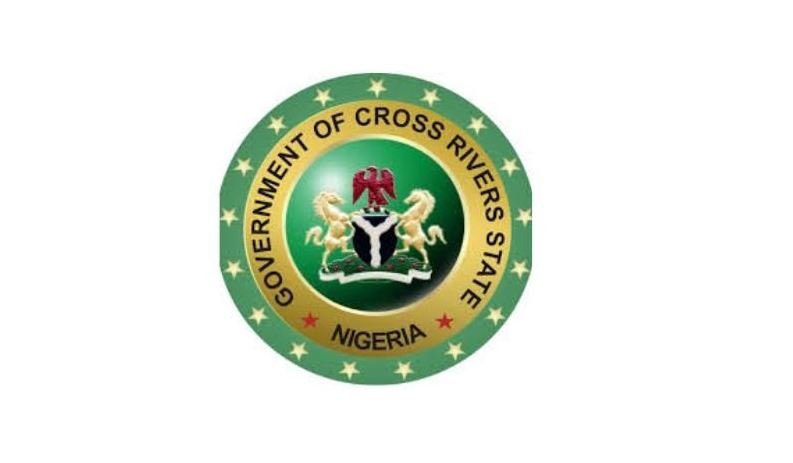
List Of LGAs In Ogun State, And Their Chairmen
Ogun State is located in southwestern Nigeria, bordered by Lagos State to the south and the Republic of Benin to the west. Established on February 3, 1976, it is known as the “Gateway State” due to its strategic position near Lagos, Nigeria’s economic hub.
The state covers an area of approximately 16,409 square kilometers and has a diverse population primarily composed of Yoruba ethnic groups, including the Egba, Ijebu, and Yewa. Ogun State is divided into 20 Local Government Areas (LGAs), including Abeokuta (the capital), Ijebu-Ode, and Sagamu.
READ ALSO: List Of Local Government Areas In Imo State, And Their Chairman
List Of Local Government Areas In Ogun State, And Their Chairmen
Here’s a list of all the 20 LGAs In Ogun state, Including their chairman, and headquarters:
No | LGA | Capital | Chairman |
|---|---|---|---|
1 | Abeokuta North | Ake | Lanre Oyegbola-Sodipo |
2 | Abeokuta South | Ake | Balogun Afee |
3 | Ado-Odo / Ota | Ota | Lawal Adewale Wasiu |
4 | Yewa North | Ayetoro | Olusola Akinbode |
5 | Yewa South | Ilaro | Abraham Babatunde Ogunsola |
6 | Ewekoro | Itori | Adesina Sikiru Adisa |
7 | Ifo | Ifo | Idris Kusimo |
8 | Ijebu East | Ogbere | Oluwadamilare Kehinde |
9 | Ijebu North | Ijebu Igbo | Bolaji Odusanya |
10 | Ijebu North East | Atan | Joseph Badejo |
11 | Ijebu Ode | Ijebu Ode | Damilare Alebiosu |
12 | Ikenne | Ikenne | Jamiu Asimi |
13 | Imeko-Afon | Imeko | Aremu Olorode |
14 | Ipokia | Ipokia | Avoseh Akohomeh |
15 | Obafemi Owode | Owode | Adesina Ogunsola |
16 | Odeda | Odeda | Folasade Adeyemo |
17 | Odogbolu | Odogbolu | Babatunde Diya |
18 | Ogun Waterside | Abigi | Ganiyu Odunnoiki |
19 | Remo North | Isara | Muyiwa Sodade |
20 | Sagamu | Sagamu | Olasile Odulate |
READ ALSO: Local Government Areas In Ekiti State, And Their Chairmen
Which Is The Largest LGA In Ogun State By Population?
Ado-Odo/Ota Local Government Area (LGA) is the largest in Ogun State, Nigeria, with a population of around 897,700 people as of 2022. There are several reasons why Ado-Odo/Ota has such a big population and continues to grow.
One of the main reasons is its strategic location. Ado-Odo/Ota is close to Lagos State, Nigeria’s most populated and economically active state.
Many people who work or do business in Lagos live in Ado-Odo/Ota because it offers a more affordable and quieter place to stay while still being close to Lagos. This has led to an increase in people moving to the area, boosting its population.
The LGA is also known as an economic hub. It is home to many industries that are important to Nigeria’s economy, such as manufacturing and construction. These industries create many jobs, attracting workers and their families to the area.
This, in turn, helps the economy of Ado-Odo/Ota grow, as more businesses and opportunities continue to emerge. Another key factor contributing to the growth of the population is infrastructure development.
Ado-Odo/Ota has good roads and transportation systems that make it easy for people to move around and transport goods. The area also has several good schools, which attract families looking for quality education for their children.
READ ALSO: List Of Local Government Areas In Katsina State, And Their Chairmen
Which Local Government Is Ilaro In Ogun State?
Ilaro is a popular town in Ogun State, Nigeria, and It serves as the headquarters of the Yewa South Local Government Area (LGA), which was previously called Egbado South.
This LGA includes other towns and villages, but Ilaro is the main administrative center. Ilaro has a rich history, dating back to the 18th century when it was founded by a warrior named Aro, who moved from Oyo.
The town’s name, “Ilu Aro,” means “the settlement of Aro.” It became an important trade center for the Egbado people, a subgroup of the Yoruba. Ilaro played a key part in major events such as the Yoruba Wars and the Nigerian Civil War, with its people defending the region as brave warriors.
Its location on trade routes helped Ilaro grow into a significant commercial town. As of recent estimates, Ilaro has around 286,850 people living in the town. Most of them belong to the Egbado ethnic group and speak the Egbado dialect of Yoruba.
English is also commonly spoken, especially in schools and businesses. Agriculture is the main economic activity in Ilaro. Farmers in the area grow crops like cocoa, palm oil, yams, cassava, and vegetables.
The town also has traditional industries, such as cotton weaving and dyeing. Additionally, Ilaro is a collection point for different agricultural products from nearby areas, making it an essential part of the local economy. Ilaro is also known for its vibrant cultural heritage.
The town celebrates several festivals that highlight its traditions. These include the Egungun Masquerade Festival, which lasts for three months, and the Orona Festival, which honors a legendary warrior and includes beauty pageants, masquerades, and talent shows.
Other local events, such as the Ogun Festival and Sango Festival, also showcase the town’s rich culture. In the area of education, Ilaro is home to the Federal Polytechnic Ilaro, which was established in 1979. This institution offers a range of technical and vocational programs and is instrumental in the education system in Ogun State.
READ ALSO: Local Government Areas In Gombe State, And Their Chairmen
How Many Local Governments Are There In Abeokuta?
Abeokuta, the capital city of Ogun State, is divided into two local government areas (LGAs): Abeokuta North and Abeokuta South. Each LGA has its administrative structure, with separate responsibilities governing different parts of the city.
Abeokuta North Local Government was re-established on September 27, 1991. It used to be part of the old Abeokuta Local Government before it was split. The headquarters of Abeokuta North is located at Akomoje, in the Iberekodo area.
The LGA shares borders with Odeda, Ewekoro, Abeokuta South, and Yewa North. While Abeokuta North has a rural feel, 75% of its residents live in urban areas. Most of the people there work in agriculture, growing crops like cassava, maize, and palm products.
The area also has several public schools that serve the local population. However, the local government is divided into 16 wards to help organize elections and other governance activities.
Abeokuta South Local Government is known for its historical value. It is often called the “Premier Local Government” because it has been a seat of traditional authority in Egba land since 1898. Its headquarters is at Ake.
Abeokuta South was officially created in 1991 and is integral in handling local governance and development projects. The economy in this area is diverse, with people farming, trade, and small industries. Also, the area is famous for its tie-dye (Adire) textiles.
Like Abeokuta North, Abeokuta South is organized into wards, specifically 15, to ensure fair representation and participation in decision-making at the local level.


